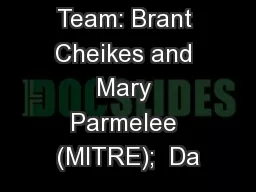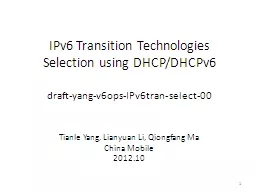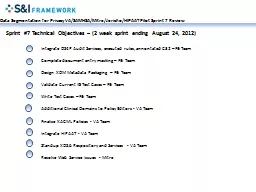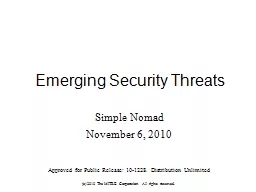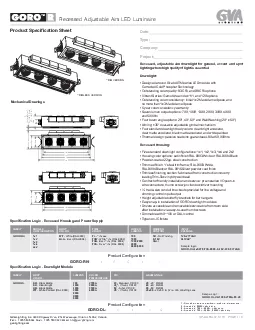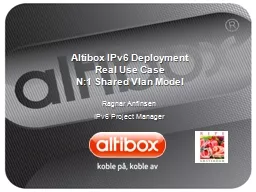PPT-CPE Core Team: Brant Cheikes and Mary Parmelee (MITRE); Da
Author : briana-ranney | Published Date : 2017-11-11
CPE Naming Specification Outline MITRE 1 CPE Specification Stack Naming Matching Representation Binding Language Dictionary The diagram below illustrates the stack
Presentation Embed Code
Download Presentation
Download Presentation The PPT/PDF document "CPE Core Team: Brant Cheikes and Mary Pa..." is the property of its rightful owner. Permission is granted to download and print the materials on this website for personal, non-commercial use only, and to display it on your personal computer provided you do not modify the materials and that you retain all copyright notices contained in the materials. By downloading content from our website, you accept the terms of this agreement.
CPE Core Team: Brant Cheikes and Mary Parmelee (MITRE); Da: Transcript
Download Rules Of Document
"CPE Core Team: Brant Cheikes and Mary Parmelee (MITRE); Da"The content belongs to its owner. You may download and print it for personal use, without modification, and keep all copyright notices. By downloading, you agree to these terms.
Related Documents

